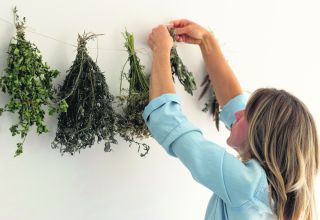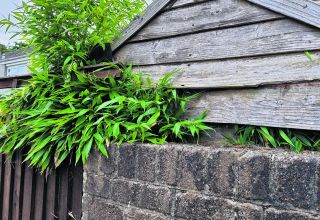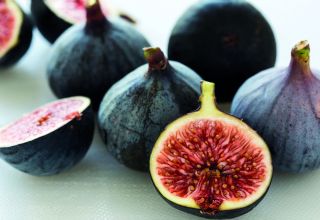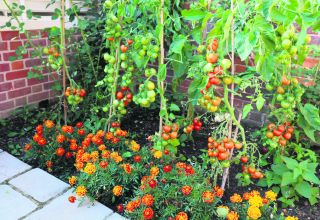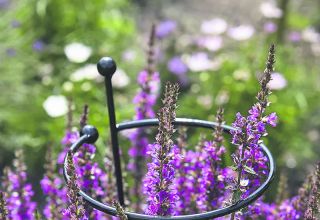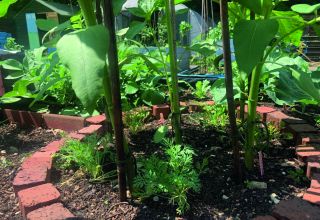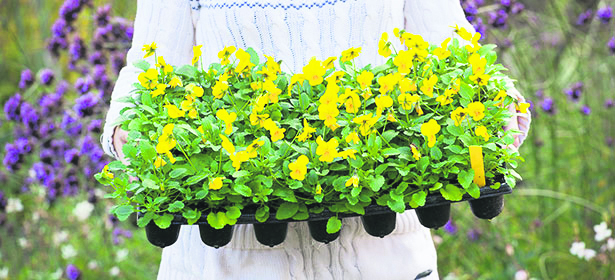
Victorian gardeners were known to say that late August and September were the time of year to enjoy the garden most of all. They felt the hard work of the season was over and it was only good, rewarding tasks ahead like harvesting fruit and vegetables and taking time to enjoy their seasons’ work. October meant planning for next spring and summer but there was a delicious gap. Even so, there are plenty of late summer tasks for everyone to get down to.
Give some thoughts now to spring bedding
Spring might seem like a long way off, but late August and early September is the perfect month to start making preparations for a floral display. Plant spring bedding, such as pansies, wallflowers and sweet Williams. Water them well before planting and give them a good soak whenever the weather is dry to help them establish quickly. Buy spring-flowering bulbs. September is the perfect time to be planting hardy spring-flowering bulbs such as narcissus (daffodil), hyacinth and crocus. These bulbs will do best in a warm, sunny spot and they all love good drainage. Choose firm, plump bulbs and avoid any with signs of mould. Plant them as soon as possible so they can start putting down roots. The cool, moist conditions of late autumn suit tulips best so wait until then before planting them.
If you’re planting them in a bed or border, dig a hole about four times the depth of the bulb and put a layer of sand and grit in the bottom of the hole to aid drainage.
Cover this with a little compost, then plant the bulbs under about two-bulb’s worth of depth of soil.
Try bunching six to ten bulbs together in one spot, placed one bulb’s width apart, or line a path with them for an impressive display.
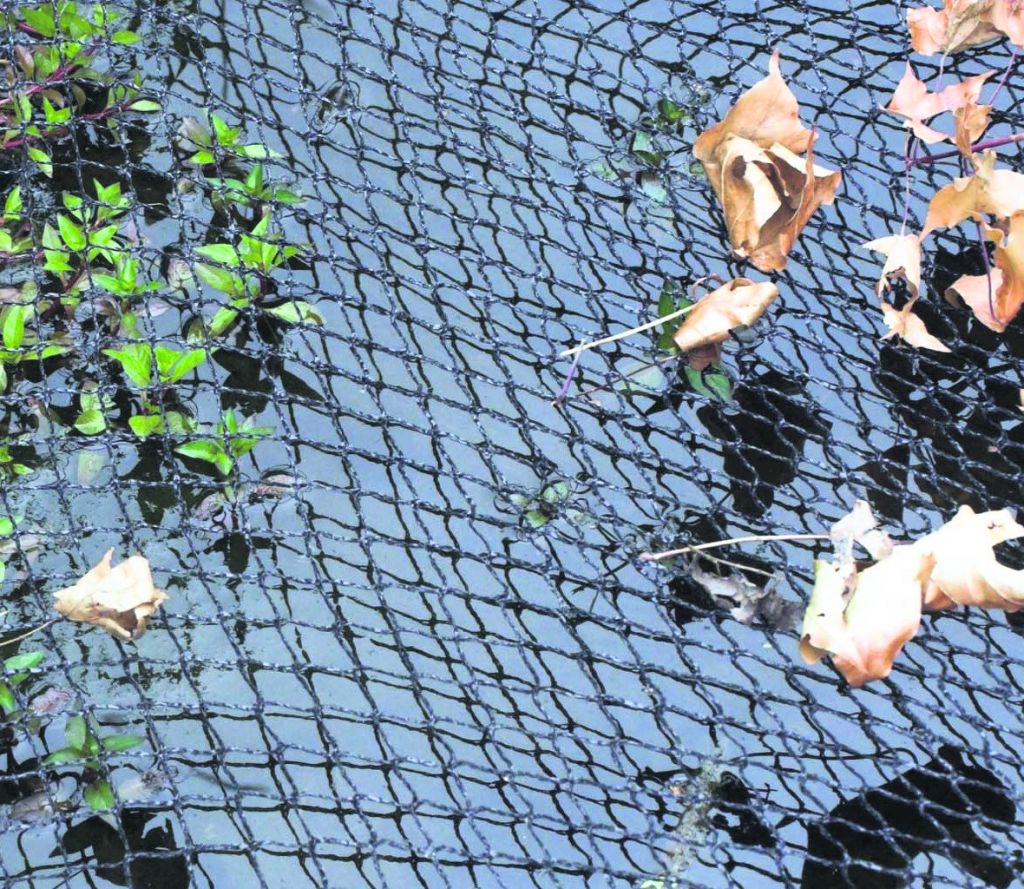
Taking care of garden ponds
Garden ponds also need early autumn preparations. If you don’t have fish swimming in it, you can drain the water by the end of September. Once you do this, you should put a polystyrene float, a ball, or anything else that can cover the draining hole. This way it will stay open even if the surface freezes in winter. Cover them with netting if you don’t want to be constantly clearing fallen leaves.
If you don’t want to drain the water from your garden pond this autumn, make sure you hire someone to cut aquatic plants and get rid of unwanted weeds. If you leave them there without tidying up, they will rot and increase the nitrogen levels in the water. September gardening may seem like a lot of work, but all of these gardening jobs are essential and will help you prepare your garden for the winter. You don’t have to tackle all of the tasks at once. Take your time and do them over the weekends. This way you will stay busy and keep your garden in top shape.
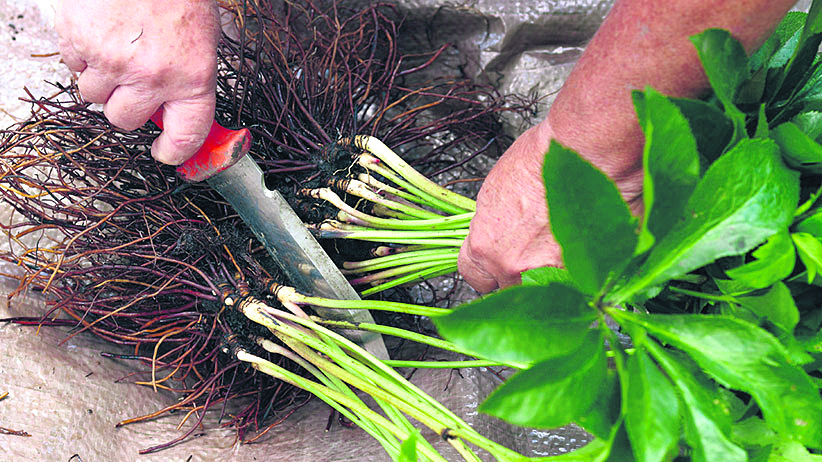
Divide perennials
Now is a good time to divide clumps of perennials such as hemerocallis. Lift the clump and then divide it into pieces, either by prising it apart with two forks or cutting it up with a spade or bread knife. Each piece needs some leaves and roots. Older pieces from the centre of the clump should be thrown away, but newer pieces can be replanted or shared with friends. Some perennials, such as sedums, will benefit from being divided every few years to keep the clump growing vigorously.
Tender perennials such as fuchsia, petunia, salvia, verbena and chrysanthemums can all be propagated with cuttings.
This is a brilliant way to grow more plants for nothing.
You’ll need to find strong, young growth that hasn’t flowered this year and snip it off using pruning snips at an angle just beneath a leaf joint, leaving a stem of about five centimetres in length.
Next, strip off the leaves from the lower stem, leaving just one or two pairs towards the top. This will help to prevent the plant from losing too much water via its leaves while it has no roots to take moisture up from the soil.
Dip the end of the cutting in hormone rooting powder and plant in compost mixed with a little horticultural grit for drainage.
Put the plants in a propagator and cover them with a plastic bag to help retain moisture.
Place the cuttings somewhere bright and warm, but keep them out of direct sunlight until roots have formed (about six to ten weeks).
It’s a good idea to mist plants daily to ensure their water needs are met while they are still rootless.
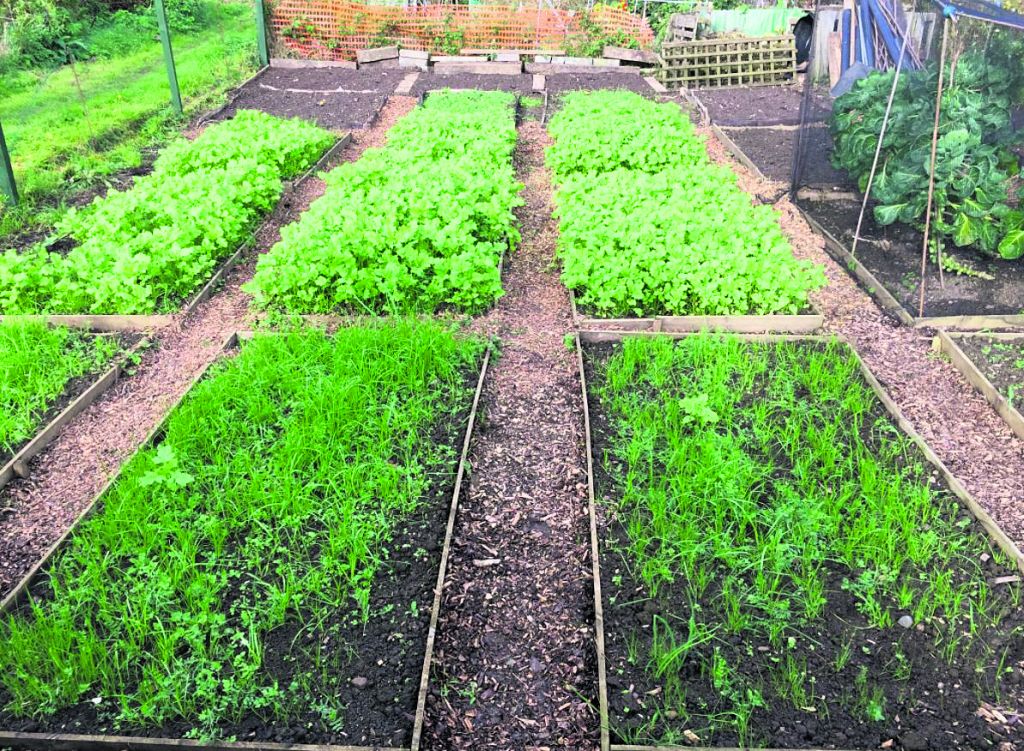
Boost the soil with green manures
When you think you’ve harvested your last potatoes, carefully dig over the veg bed, collect those that were still lurking under the surface, and then dig over ready to plant some green manures. These green manures are useful in many ways; they protect the soil from erosion over winter, reducing the potential of any leaching of mineral and nutrients, and also protect soil structure, as well as boosting nutrients when dug into the soil. They also provide a green carpet that helps provide shelter for beneficial insects through the winter, such as ground beetle, and if you leave a patch to flower they are loved by pollinators – Phacelia tanacetifolia for example, is one of the best nectar sources for the honeybee, bumble bee and hoverfly.
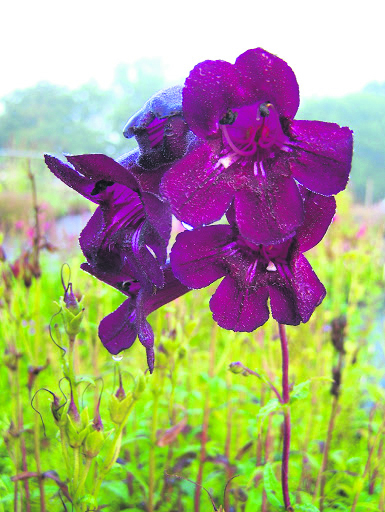
Prepare your penstemons
Penstemons can struggle to make it through winter, so leave plenty of protective growth on the plants and never cut them back hard. However, the tallest varieties, such as the lovely ‘Garnet’, can rock in winter winds and will benefit from a trim by about a third now. In April, cut plants back again to their lowest shoots. If you’re in any doubt about winter-hardiness, try propagating from your plants now.
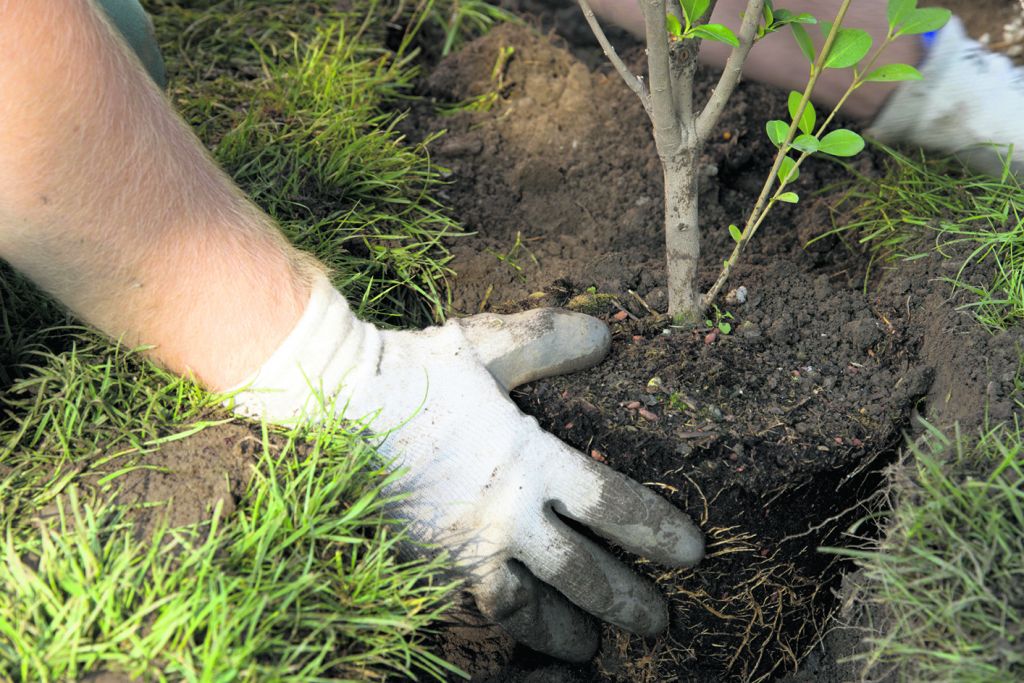
Plan ahead for your trees and shrubs
If you’ve been planning on planting a new tree in your garden, our advice would be to plan out which shrubs and trees you would like now. If you can get them planted in September, this will help them to get their roots established, so they can grow vigorously come next spring. Couple this with a mulch of well-rotted homemade compost in spring and your trees and shrubs should get off to a good start.
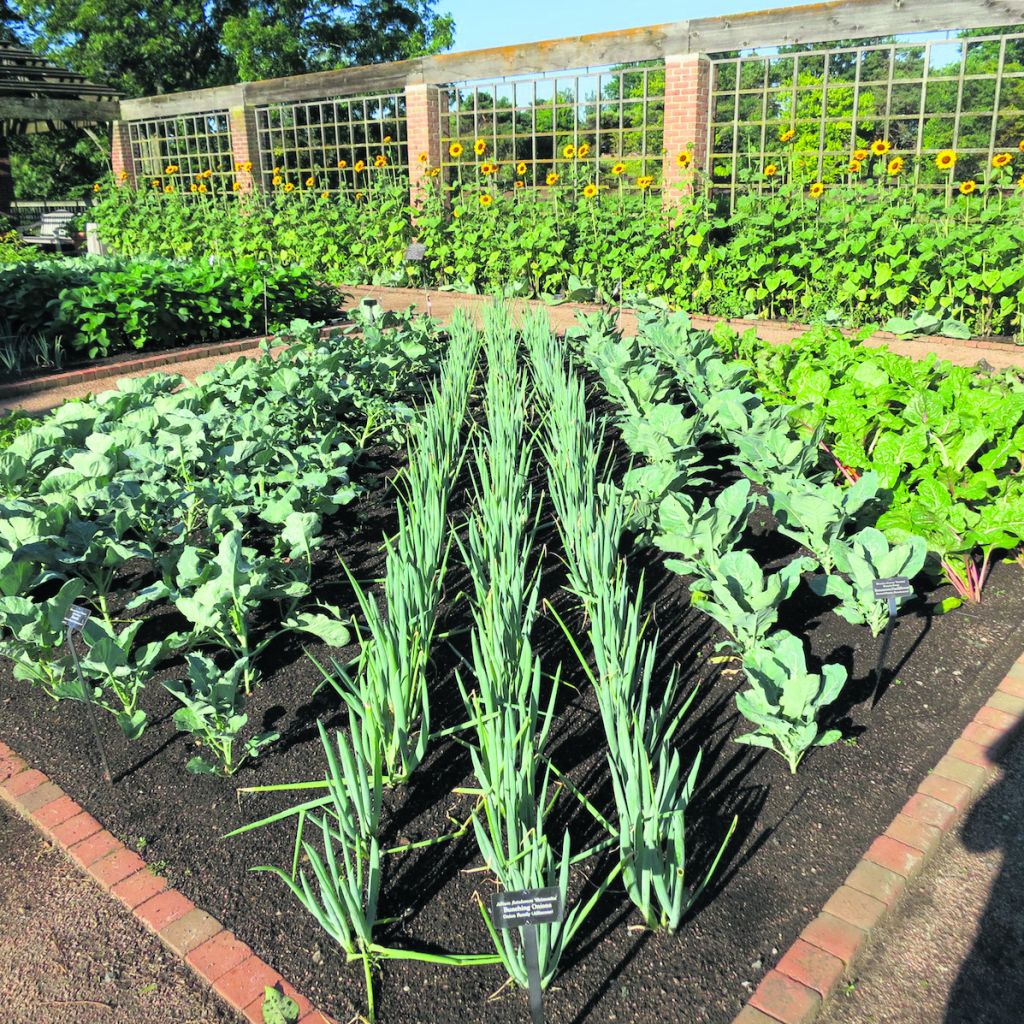
In the vegetable garden
- Bean and pea plants that have finished their harvest can be cut back, leaving the roots to be dug in to the soil to provide extra nitrogen for future crops.
- Sow spring onions – these will be ready to eat before the frosts get going in most parts of the country. Even if frosts are forecast, they are fine under glass or plastic to harvest through late winter and autumn.
- Remove any crops that have finished leaving unneeded areas clear – weeding and tidying for the winter. Keep an eye on your brassicas for butterfly eggs and caterpillars; these will most probably be under the leaves.
- Keep watering winter squash and pumpkins if the weather is hot. This will prevent their growth from being checked. Use stored rainwater wherever possible. Keep pinching out the tips of triffid-like pumpkins and squash. They prioritise vegetative growth over fruit formation, and you may get fruit drop if you don’t keep them contained. With the tips pinched, all the fruit down to the base of the stem will now be ripening well. Place a tile under the largest fruit to stop rot creeping in where they sit on the damp soil. Leave pumpkins, squash and marrows to ripen in the sun as long as possible so that the skin can harden.
- Prepare a bed for autumn-planted shallots. Incorporate well-rotted compost into the area to improve fertility. If your ground is wet, a raised bed may be a better option. Plant the sets from the end of the month, with the tip just protruding from the soil.

